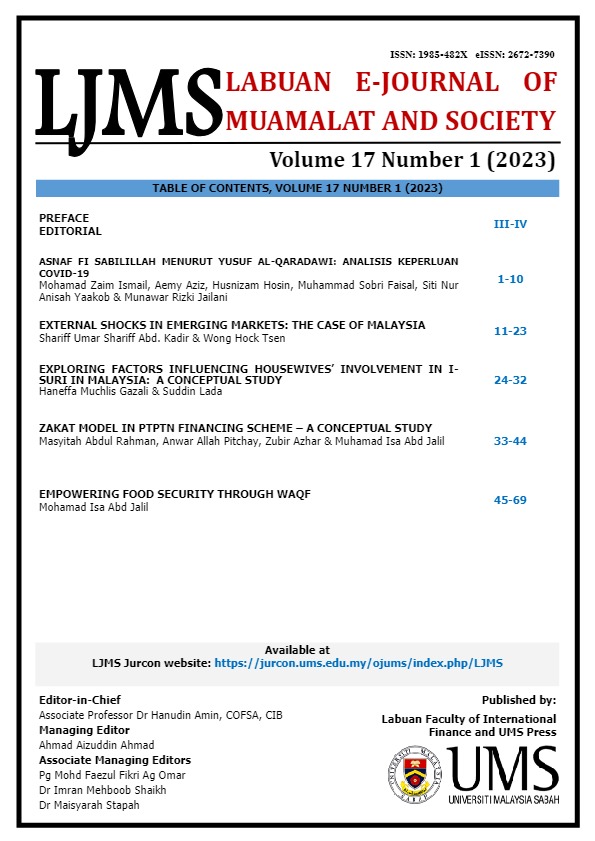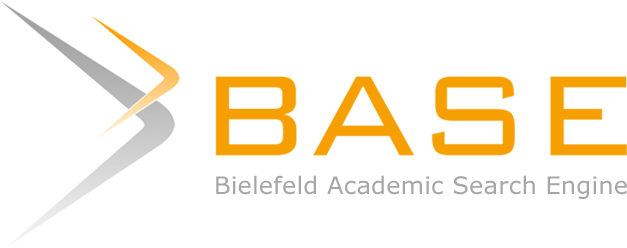ZAKAT MODEL IN PTPTN FINANCING SCHEME – A CONCEPTUAL STUDY
Keywords:
Educational debt, Financial aids, Islamic finance, Zakat and PTPTNAbstract
This paper proposes a viable alternative model for the PTPTN funding system, termed the Holistic and Prosperous Education Model (HOPE) model, to reduce and waive the PTPTN loan payments for Asnaf students with Zakat funds. This is to achieve the goal of poverty eradication, as more than half a million borrowers have never paid off even a single cent of their student loan (PTPTN) and almost 97% of them are from the B40 student group. Debt can have serious consequences for individuals and their families, so it is important to explore options for debt relief. As this paper focuses on the conceptual development of the HOPE model, it employs a qualitative content-analysis methodology and this study examines existing studies on the potential of Zakat as an essential form of assistance in the education sector to construct the HOPE model as a funding model. This approach can help to address the growing problem of student debt, particularly B40 students who rely on loans to finance their education. By deducting the tuition fees and accommodation fees financed by the PTPTN loan, the Zakat fund can help reduce the financial burden on students and their families, allowing them to focus on their studies and achieve their educational goals. Overall, this new approach to zakat distribution has the potential to create a more sustainable and impactful form of charitable giving, one that can help to address pressing social issues such as poverty, inequality, and access to education.








